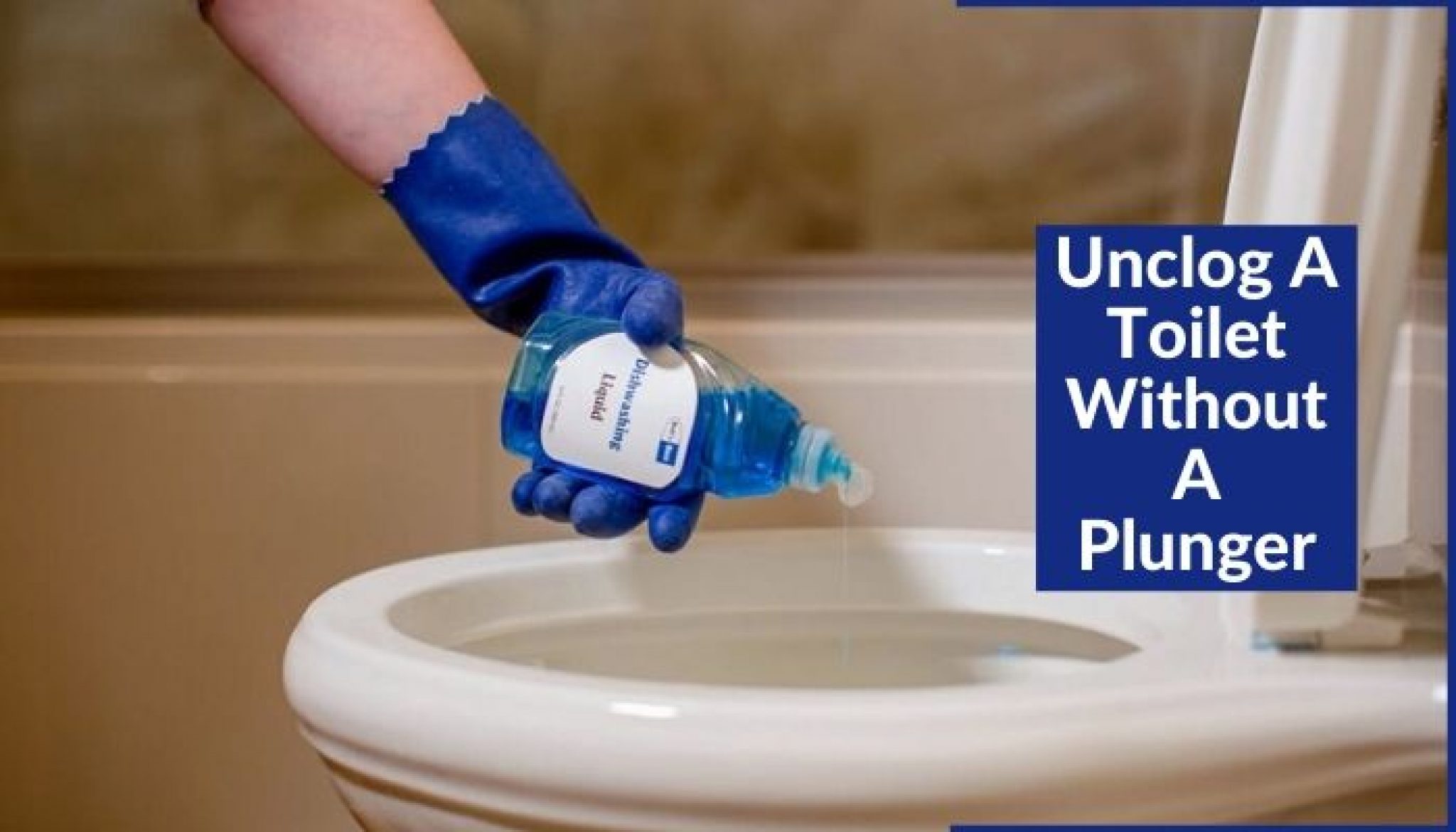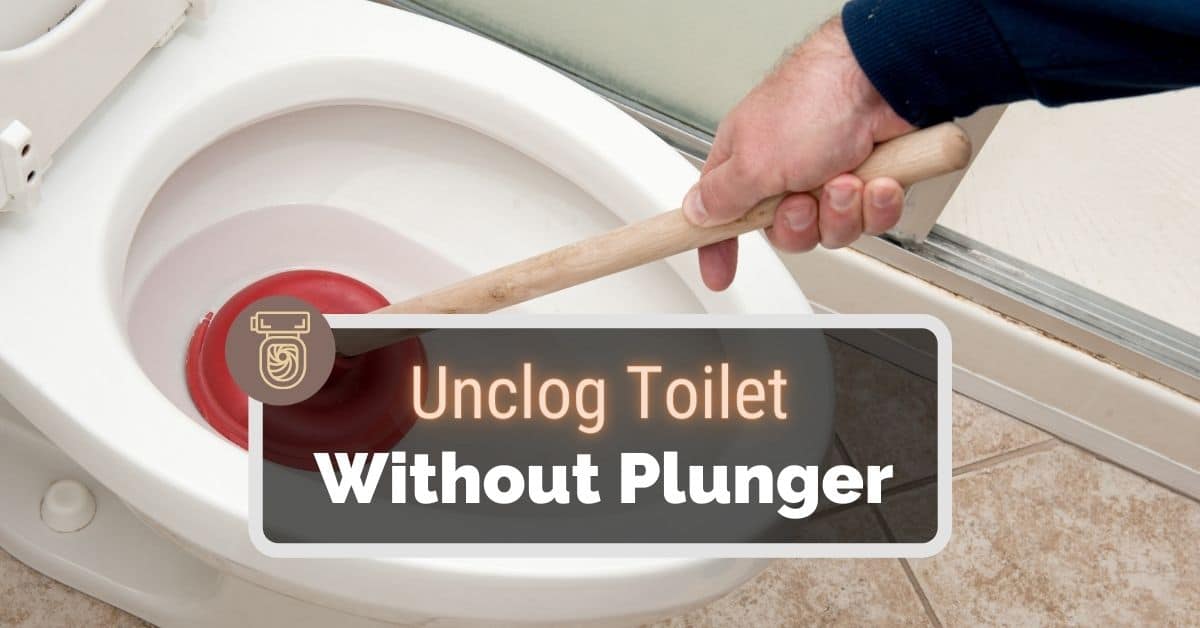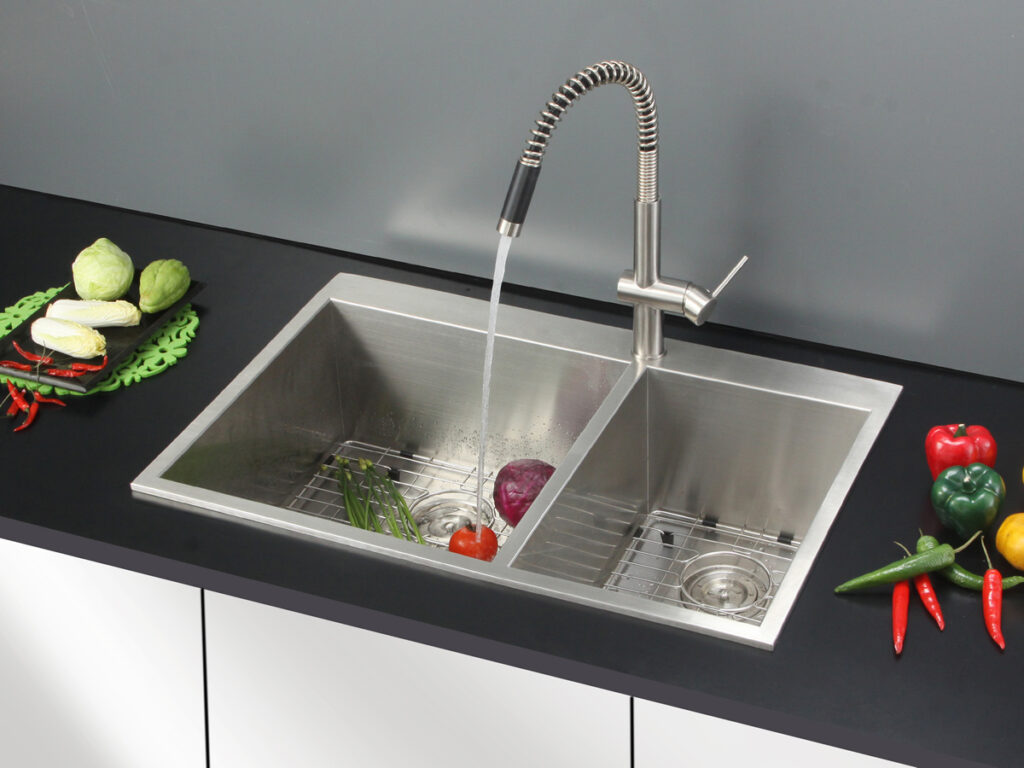How to Use a Plunger for a Kitchen Sink
Dealing with a clogged kitchen sink can be a frustrating and messy task. But before reaching for harsh chemical drain cleaners, you may want to consider using a plunger to clear the blockage. Not only is it a more natural and eco-friendly option, but it can also save you time and money. In this article, we will guide you through the process of using a plunger to unclog your kitchen sink.
Unclogging a Kitchen Sink with a Plunger
The first step in using a plunger to unclog your kitchen sink is to make sure you have the right type of plunger. A standard cup plunger, also known as a sink plunger, is best suited for this task. It has a flat bottom and a wide rubber cup that can create a strong seal over the sink drain.
Before beginning, make sure to clear out any standing water in the sink. This will allow the plunger to create a proper seal over the drain. You may also want to cover the overflow drain with a wet cloth or tape to ensure maximum suction.
Plunging Techniques for a Clogged Kitchen Sink
Once you have the right plunger and have prepared the sink, it's time to start plunging. Begin by positioning the plunger over the drain and pressing down firmly to create a seal. Then, using an up and down motion, plunge vigorously for about 20-30 seconds.
After a few plunges, pull up on the plunger to break the seal and see if the water starts to drain. If it does, continue plunging until the water fully drains. If not, try changing the angle of the plunger and repeating the process. You may also need to add more water to the sink to create a better seal.
Using a Plunger to Clear a Kitchen Sink Drain
If the water still isn't draining after multiple attempts, it's time to move on to clearing the drain. Remove the plunger and insert a small drain snake into the drain opening. Slowly push it down while twisting and pulling it back up to remove any debris or blockages.
After clearing the drain, use the plunger once again to ensure the blockage is fully removed. If the water still won't drain, you may need to call a professional plumber for further assistance.
Step-by-Step Guide for Plunging a Kitchen Sink
To summarize, here is a step-by-step guide for using a plunger to clear a clogged kitchen sink:
1. Clear out any standing water in the sink.
2. Cover the overflow drain with a wet cloth or tape.
3. Position the plunger over the drain and press down firmly to create a seal.
4. Plunge vigorously for 20-30 seconds.
5. Break the seal and check if the water is draining.
6. Change the angle of the plunger and repeat if necessary.
7. Use a drain snake to remove any remaining debris or blockages.
8. Plunge once more to ensure the drain is fully cleared.
Tips for Using a Plunger on a Kitchen Sink
To make the plunging process more effective, here are a few tips to keep in mind:
1. Use a plunger with a wide and flat rubber cup for a better seal.
2. Cover the overflow drain to prevent air from escaping and creating suction.
3. Add more water to the sink if necessary to create a stronger seal.
4. Use a drain snake to clear any tough blockages.
5. Repeat the plunging process multiple times if needed.
Plunger vs. Chemical Drain Cleaners for Kitchen Sinks
While chemical drain cleaners may seem like a quick and easy fix, they can actually cause more harm than good. These harsh chemicals can damage your pipes and harm the environment. Additionally, they may not even be effective on stubborn clogs.
On the other hand, a plunger is a more natural and eco-friendly option for unclogging your kitchen sink. It also allows you to physically remove the blockage, rather than just dissolve it with chemicals.
Common Mistakes When Using a Plunger on a Kitchen Sink
Although using a plunger may seem like a simple task, there are a few common mistakes that can hinder its effectiveness:
1. Not clearing out standing water before plunging.
2. Not creating a proper seal over the drain.
3. Not using enough force when plunging.
4. Not changing the angle of the plunger if the water doesn't drain.
5. Not using a drain snake to clear the drain if necessary.
How to Prevent Kitchen Sink Clogs and Avoid Using a Plunger
Of course, the best way to deal with a clogged kitchen sink is to prevent it from happening in the first place. Here are a few tips to keep your sink drain clear and avoid having to use a plunger:
1. Avoid putting food scraps, grease, and oils down the drain.
2. Use a drain catcher to catch any food particles before they go down the drain.
3. Run hot water down the drain after each use to prevent buildup.
4. Regularly clean and maintain your sink and pipes.
Alternative Methods for Unclogging a Kitchen Sink Without a Plunger
If you don't have a plunger on hand, there are a few other methods you can try to unclog your kitchen sink:
1. Use a mixture of baking soda and vinegar to create a natural drain cleaner.
2. Pour boiling water down the drain to dissolve any grease or buildup.
3. Use a drain snake or wire hanger to manually remove the blockage.
Using a plunger for a kitchen sink may seem like a daunting task, but with the right technique and a little bit of patience, you can easily clear the clog and get your sink draining properly again. Remember to always use a plunger before reaching for harsh chemical drain cleaners, and regularly maintain your sink to prevent future clogs. Keep these tips in mind and you'll be a pro at unclogging kitchen sinks in no time!
Using a Plunger for Kitchen Sink: An Effective Solution for Clogged Drains

Introduction
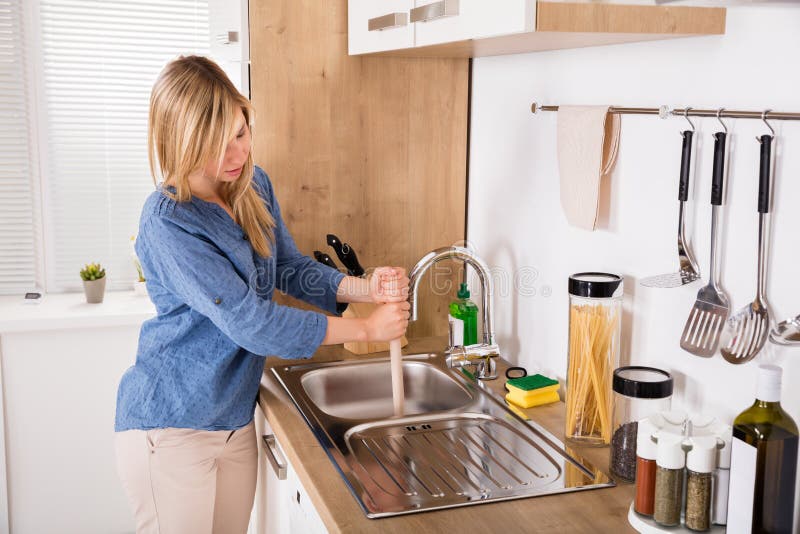 A clogged kitchen sink can be a major inconvenience and disrupt your daily routine. It can also lead to unpleasant odors and potential damage to your pipes if left untreated. While there are many methods for unclogging a sink, using a
plunger
is a quick and
effective
solution that can save you time and money. In this article, we will discuss the benefits of using a plunger for kitchen sinks and provide a step-by-step guide on how to use it properly.
A clogged kitchen sink can be a major inconvenience and disrupt your daily routine. It can also lead to unpleasant odors and potential damage to your pipes if left untreated. While there are many methods for unclogging a sink, using a
plunger
is a quick and
effective
solution that can save you time and money. In this article, we will discuss the benefits of using a plunger for kitchen sinks and provide a step-by-step guide on how to use it properly.
The Benefits of Using a Plunger for Kitchen Sinks
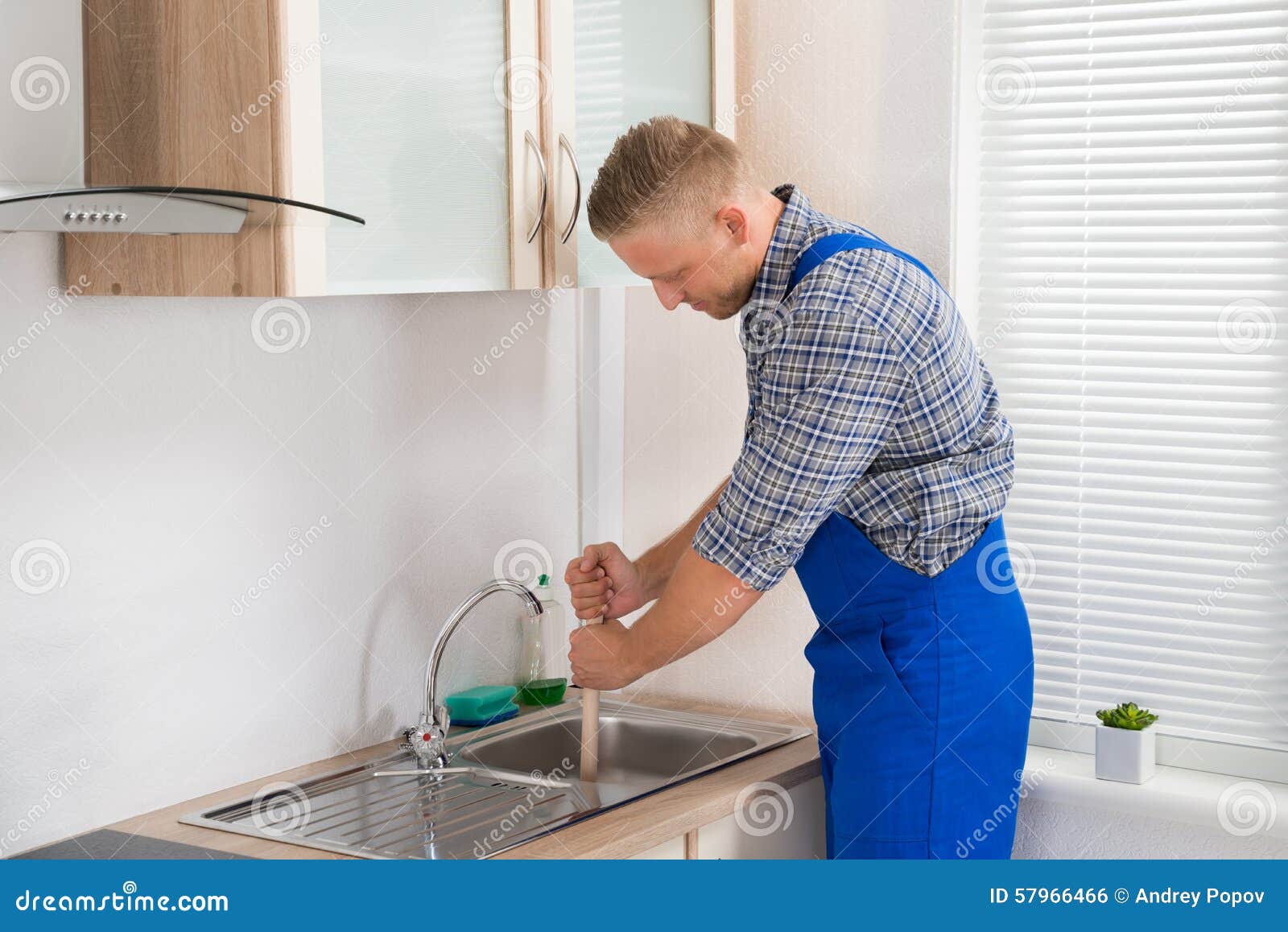 A plunger is a
versatile
tool that can be used for unclogging various drains, including kitchen sinks. It consists of a rubber suction cup attached to a handle, which creates a vacuum when pressed against a surface. This vacuum effect is what helps to dislodge and remove clogs in your pipes. Here are some of the benefits of using a plunger for your kitchen sink:
A plunger is a
versatile
tool that can be used for unclogging various drains, including kitchen sinks. It consists of a rubber suction cup attached to a handle, which creates a vacuum when pressed against a surface. This vacuum effect is what helps to dislodge and remove clogs in your pipes. Here are some of the benefits of using a plunger for your kitchen sink:
1. Cost-Effective
One of the main benefits of using a plunger is that it is a cost-effective solution for unclogging your kitchen sink. Plungers are relatively inexpensive and can be found at most hardware or home improvement stores. This makes it a budget-friendly option compared to hiring a plumber or using chemical drain cleaners.2. Easy to Use
Using a plunger for your kitchen sink does not require any special skills or tools. It is a simple and straightforward process that anyone can do. This makes it a convenient option for homeowners who want to tackle clogs themselves without having to call for professional help.3. Environmentally Friendly
Chemical drain cleaners can be harmful to the environment and may even damage your pipes in the long run. Using a plunger, on the other hand, is a safe and environmentally friendly option for unclogging your kitchen sink. You can also avoid the use of harsh chemicals in your home, which can be beneficial for your health.4. Quick and Effective
One of the biggest advantages of using a plunger for your kitchen sink is that it is quick and effective . Unlike other methods that may take time to work, a plunger can dislodge clogs in just a few minutes. This means you can get your sink back to working condition in no time.How to Use a Plunger for Kitchen Sinks
:max_bytes(150000):strip_icc()/woman-wearing-yellow-washing-up-gloves-to-unblock-sink-using-plunger-close-up-131987463-5887cfc03df78c2ccd92ec9e.jpg) Using a plunger for your kitchen sink is a
simple
and
straightforward
process. Here are the steps you can follow:
Using a plunger for your kitchen sink is a
simple
and
straightforward
process. Here are the steps you can follow:
1. Prepare the Plunger
Make sure your plunger is clean and free of any debris. You can also wet the rubber suction cup to create a better seal.2. Cover the Drain
Place the plunger over the drain, making sure it covers it completely. You may need to add some water to the sink to create a better seal.3. Start Plunging
Push the plunger down and pull it up in a steady and forceful motion. This will create a vacuum that will help to dislodge the clog.4. Repeat if Necessary
You may need to repeat the plunging process a few times to completely remove the clog.5. Test the Drain
Once the clog is removed, run some water down the drain to ensure it is working properly.In Conclusion
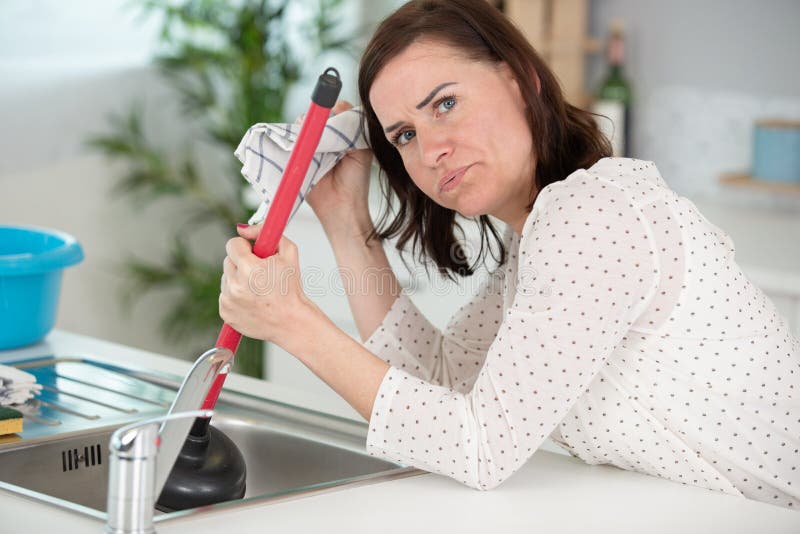 Using a plunger for your kitchen sink is a
simple
and
effective
solution for unclogging clogged drains. It is also a
cost-effective
and
environmentally friendly
option that can save you time and money. By following the steps outlined in this article, you can easily unclog your kitchen sink and get back to your daily routine. So, the next time you encounter a clogged kitchen sink, remember to reach for your trusty plunger.
Using a plunger for your kitchen sink is a
simple
and
effective
solution for unclogging clogged drains. It is also a
cost-effective
and
environmentally friendly
option that can save you time and money. By following the steps outlined in this article, you can easily unclog your kitchen sink and get back to your daily routine. So, the next time you encounter a clogged kitchen sink, remember to reach for your trusty plunger.




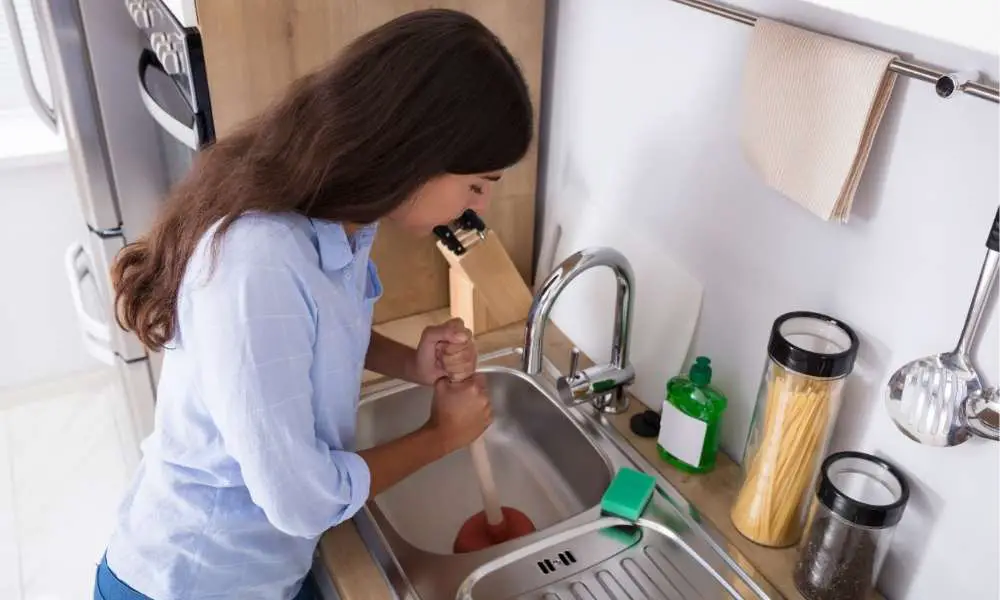

/woman-wearing-yellow-washing-up-gloves-to-unblock-sink-using-plunger-close-up-131987463-5887cfc03df78c2ccd92ec9e.jpg)


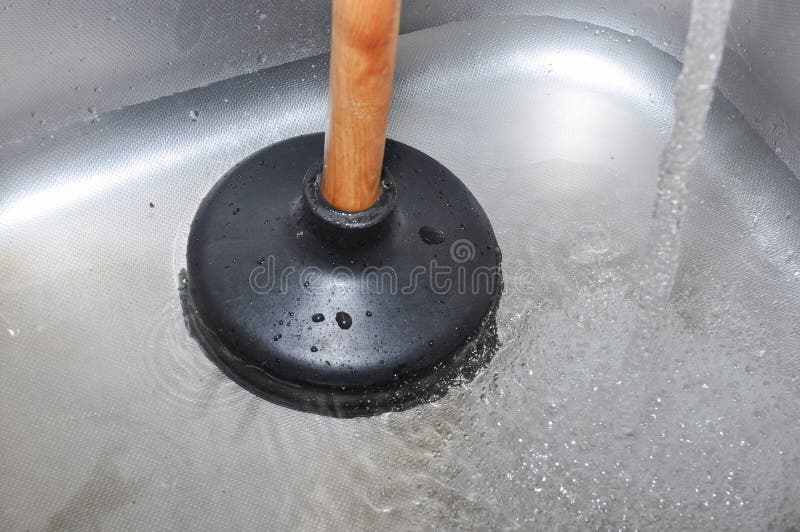










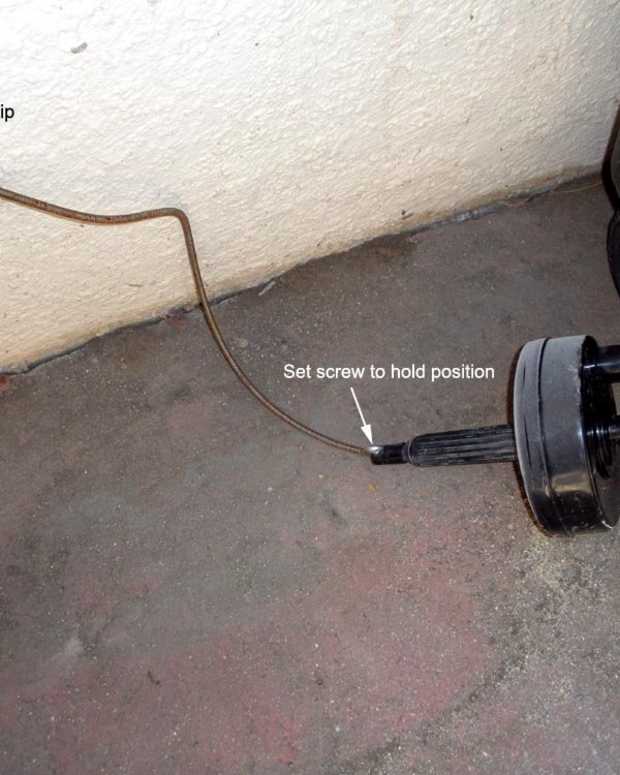













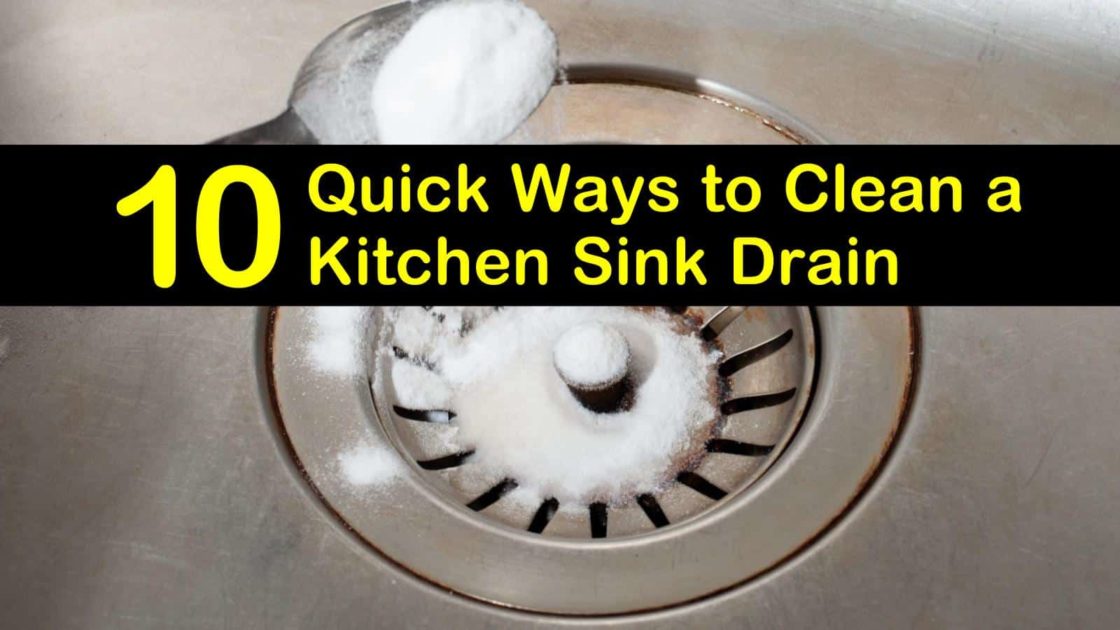




:max_bytes(150000):strip_icc()/freshen-and-unclog-drain-with-baking-soda-1900466-22-bbf940b70afa4d5abef0c54da23b1d3f.jpg)







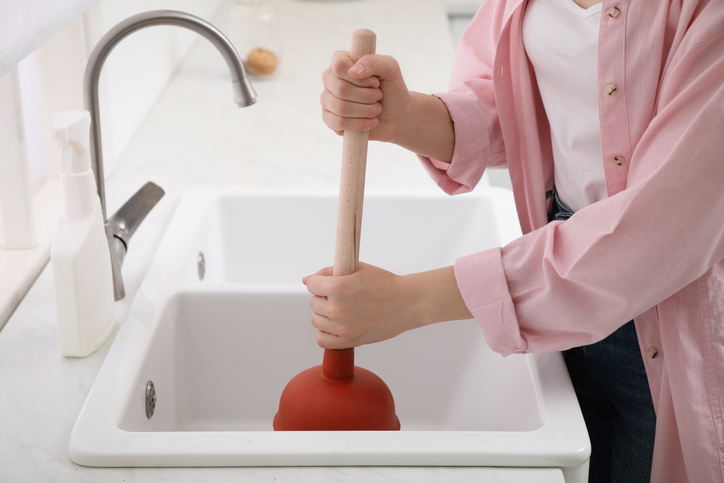



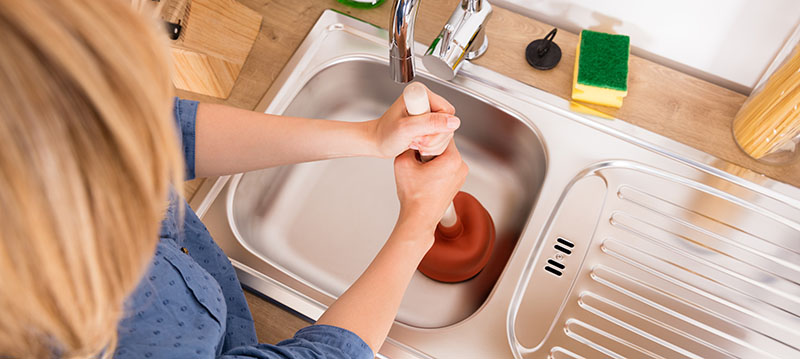



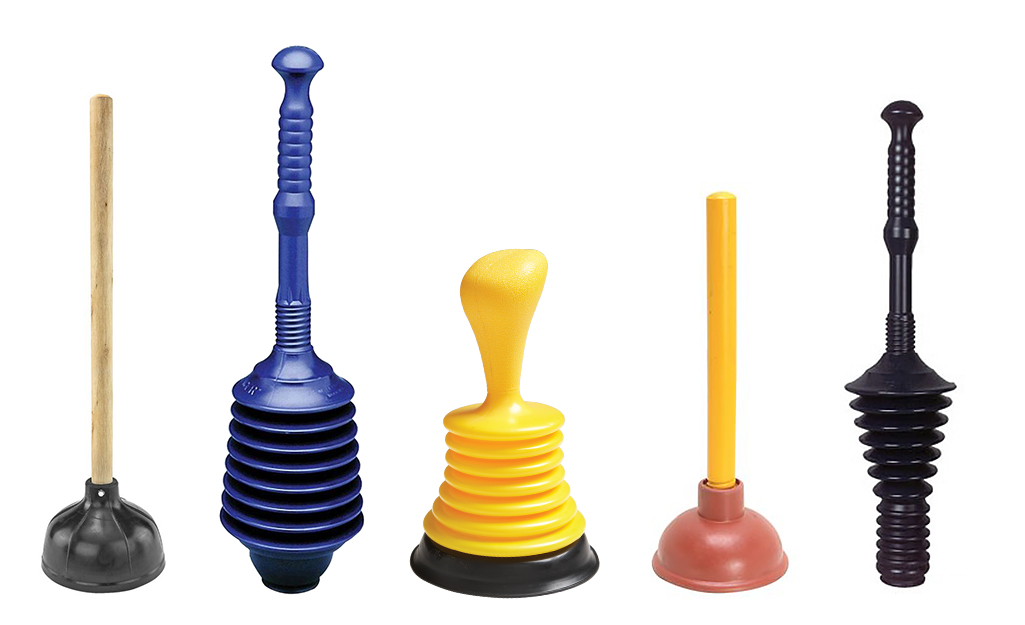







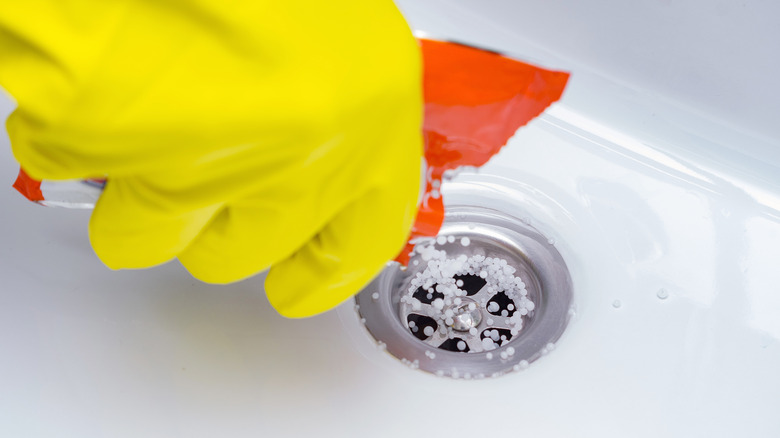
1.2111040938550.jpg)


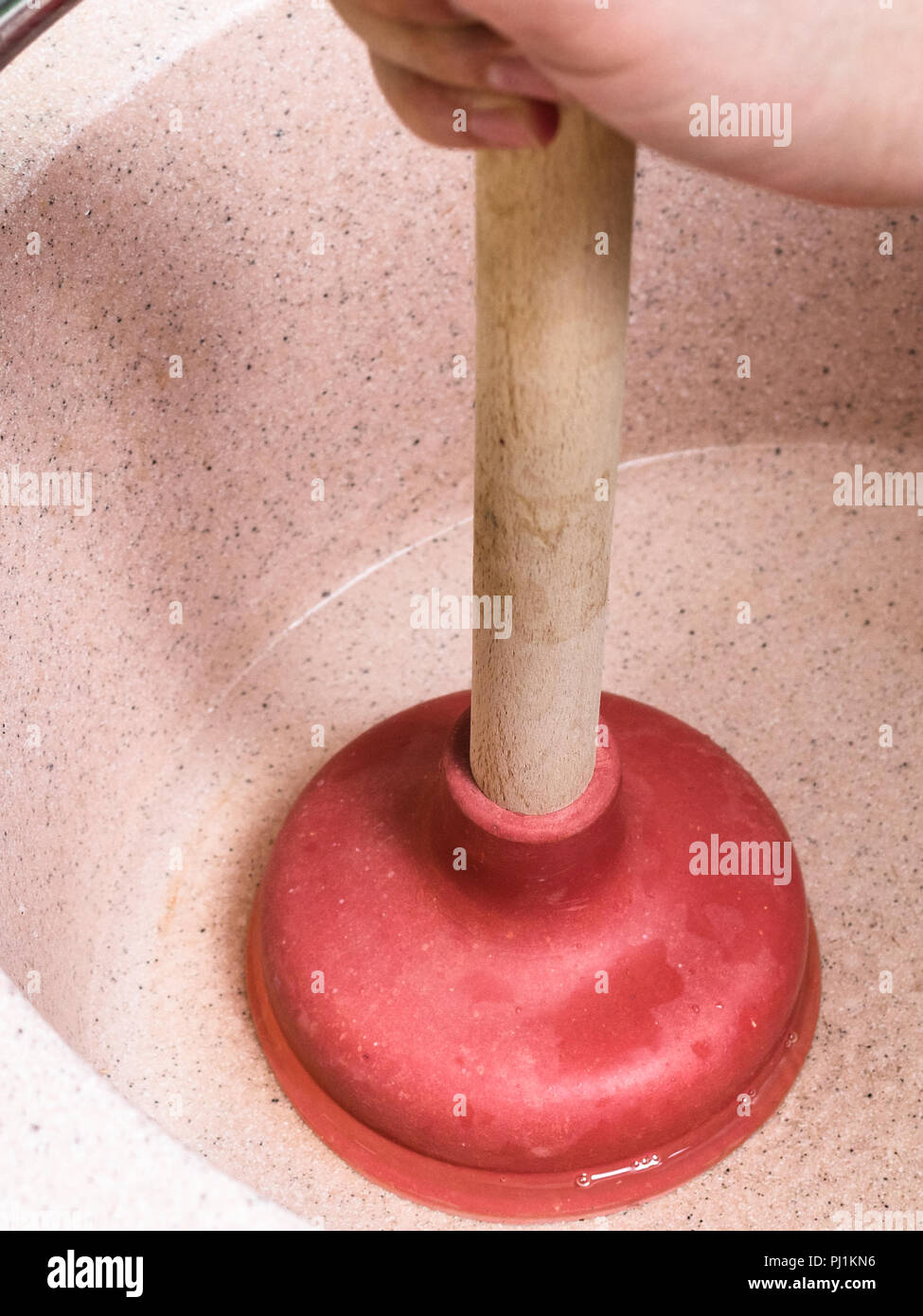
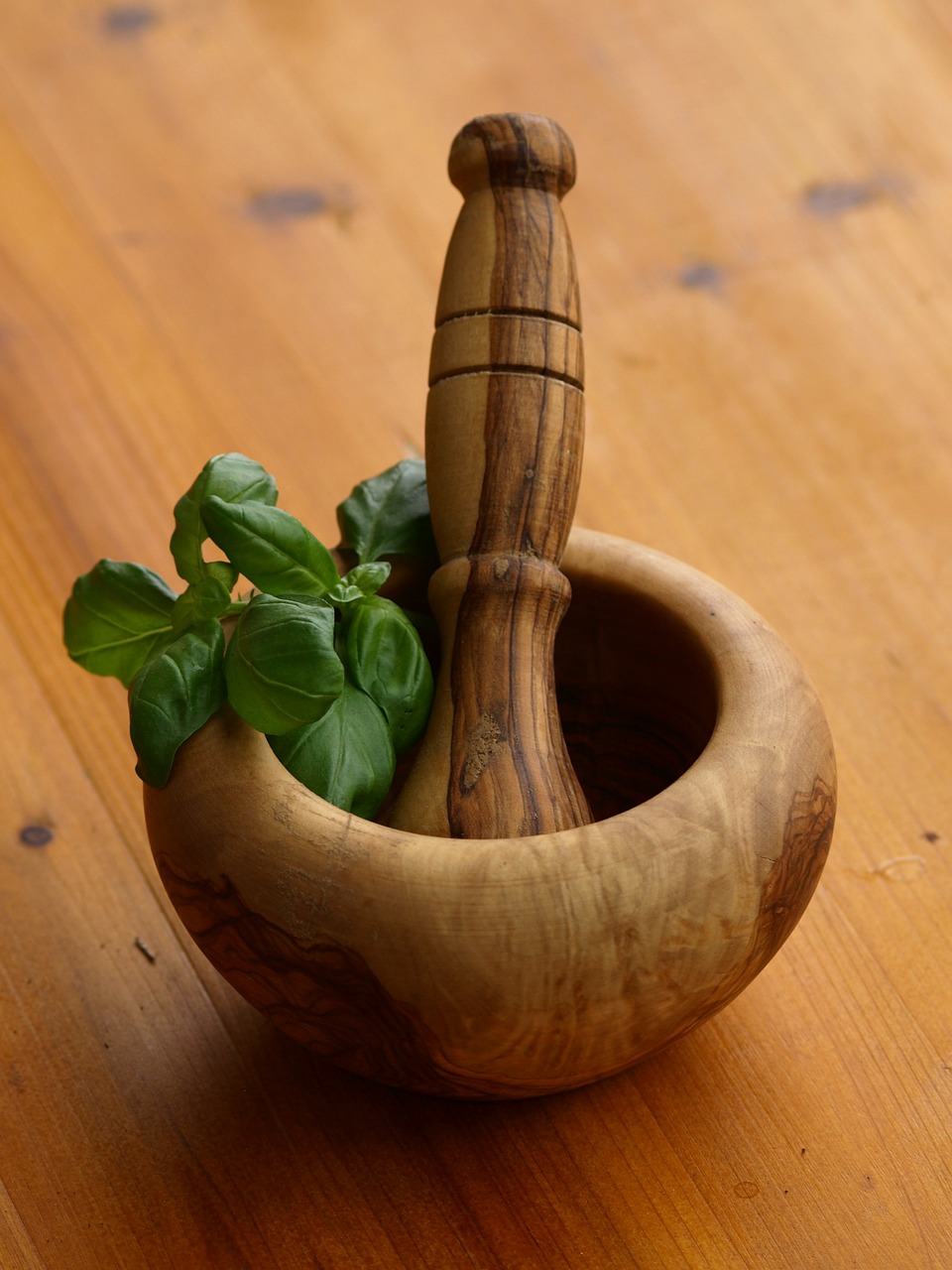







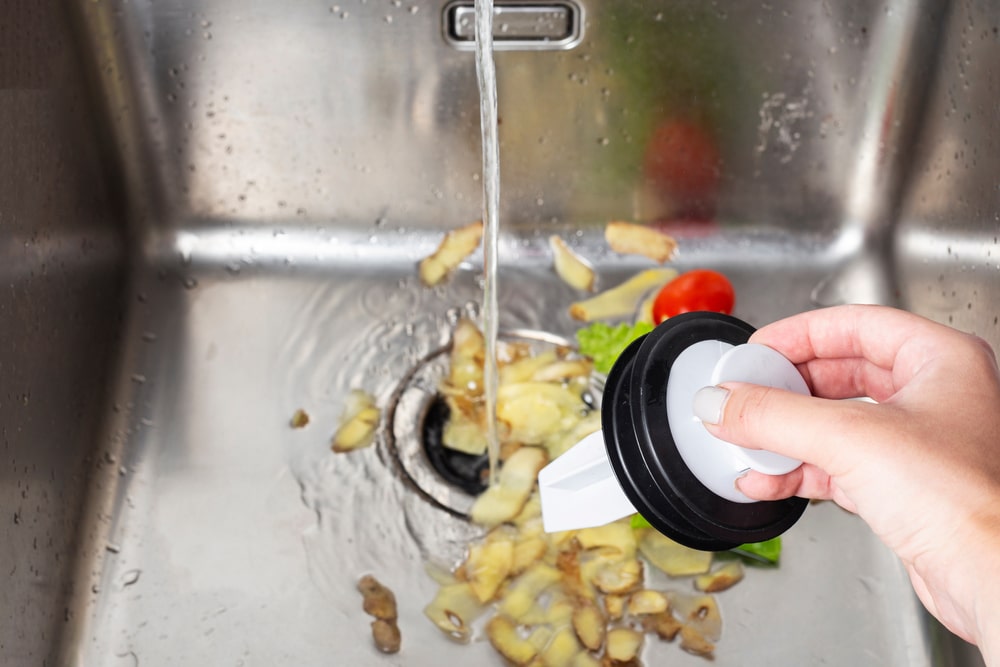

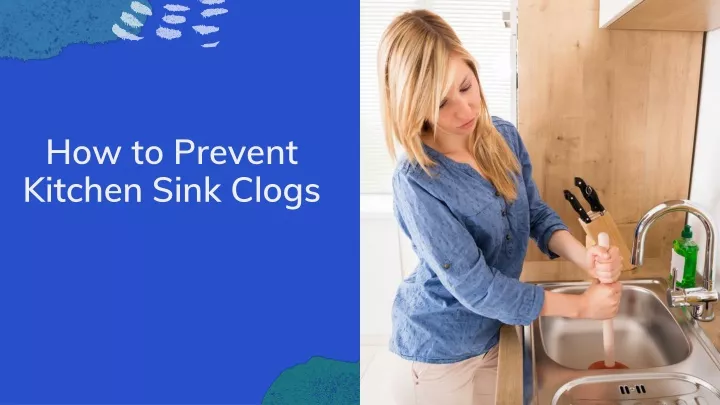



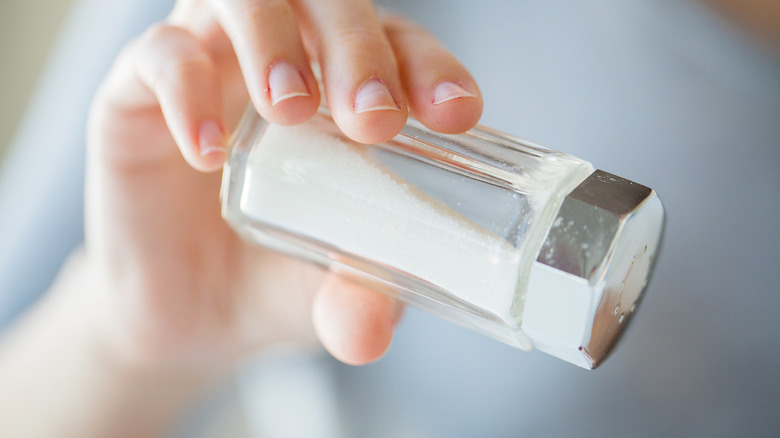


:max_bytes(150000):strip_icc()/plumber-unclogging-kitchen-sink-169270382-5810e7bb5f9b58564c5dd92b.jpg)



